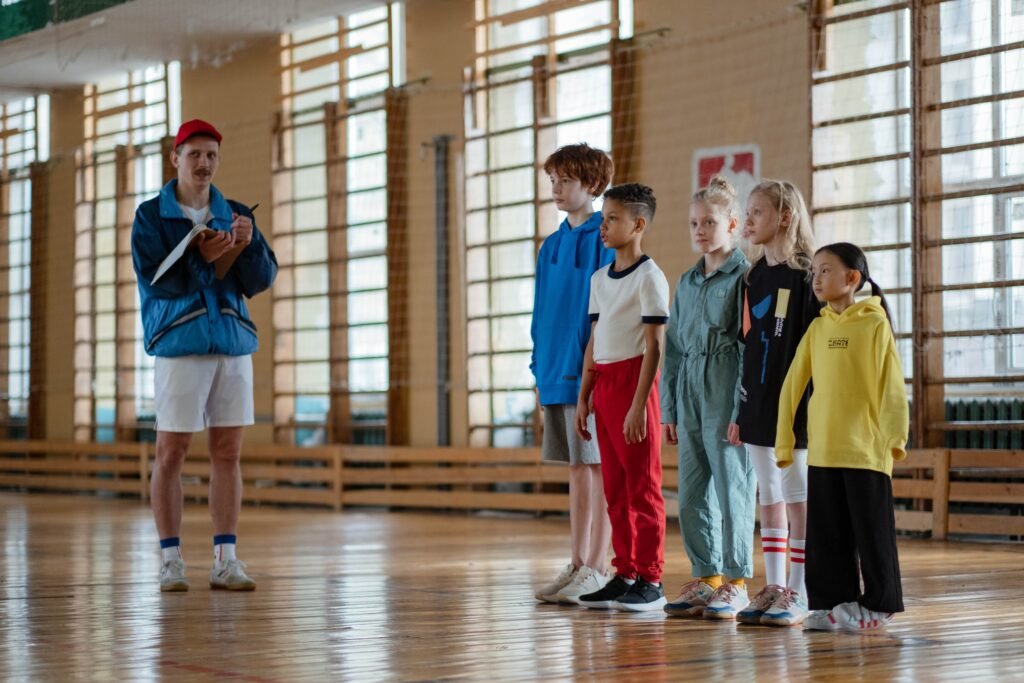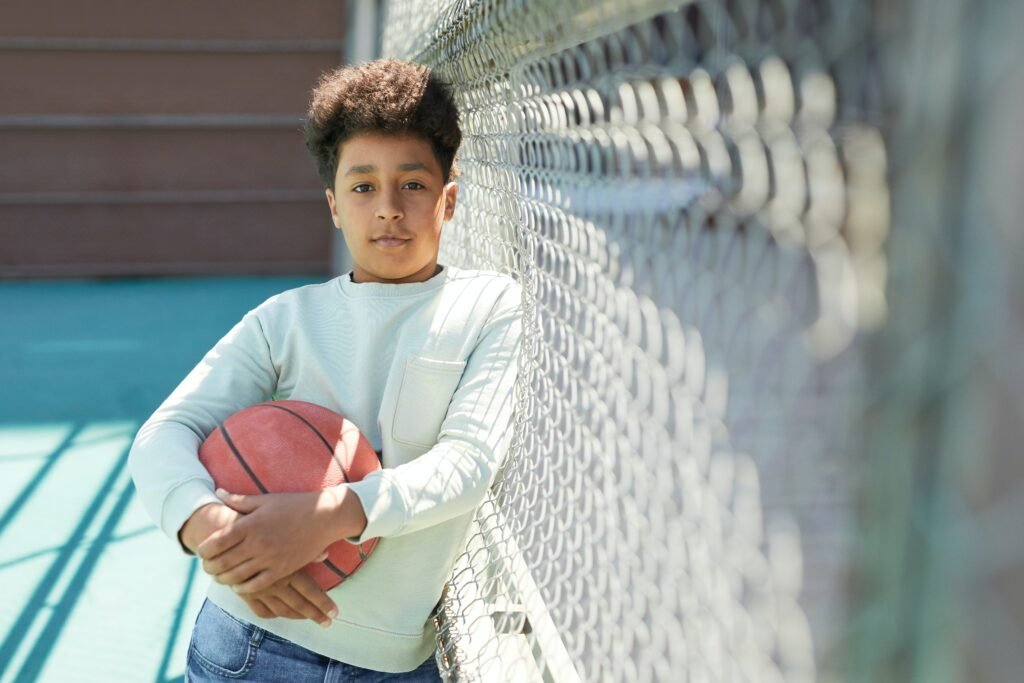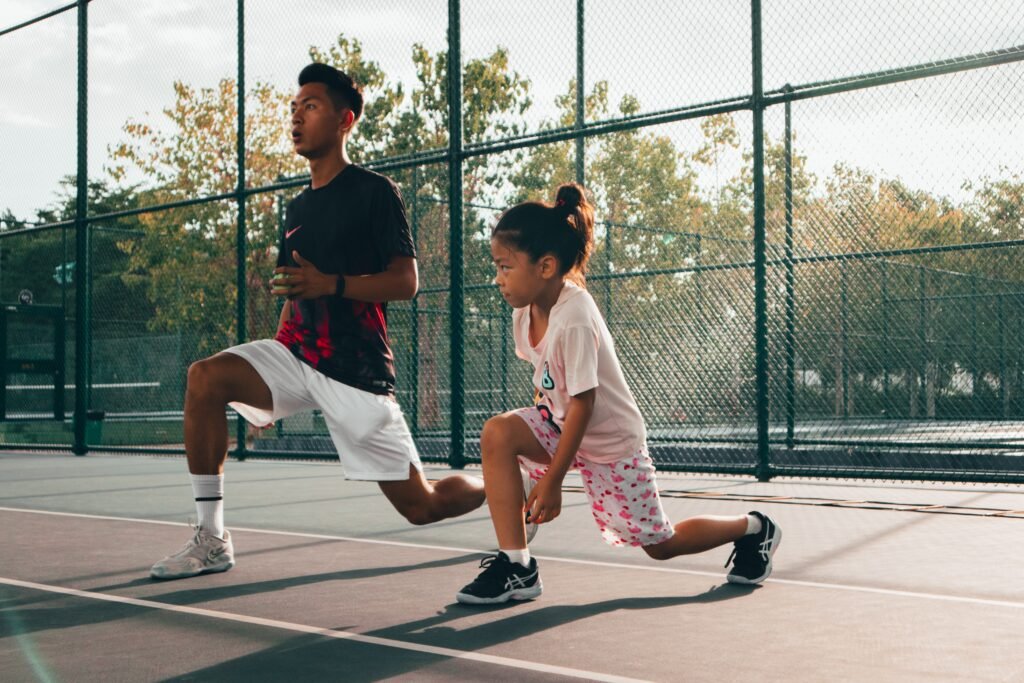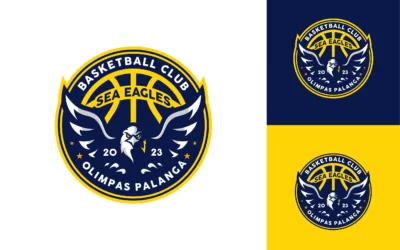If you are a youth basketball coach, you have probably considered how to develop the basketball physical abilities in youth players. You know that this will be the key to your team’s long-term success, and you are aware that you can’t simply tell them what to do without explaining why it will be beneficial to them, not just their performance on the court but also their health later in life.
Here are some tips on how to develop physical abilities in youth players, whether they play basketball on a team or just on their own as an after-school hobby.



Planning Your Workouts
Physical abilities are important for youth players, and having a plan can help them train their bodies to be prepared for the physical rigors of basketball.
Long gone are the days when coaches used to focus solely on developing physical abilities in practices.
Since the majority of youth coaches barely find time to dedicate a whole practice to developing the physical abilities of kids, a game-like situation, as well as integral methods, gain importance in recent years.
Both methods emphasize the importance of developing both technical and physical abilities at the same time. By doing so, coaches optimize the use of time, which is vitally important for youth coaches.
Make sure that various types of equipment, for example, agility ladder, tennis ball, and even football are part of your practice plan so that coordination, speed, and speed reaction abilities are developed along with other basketball skills.
Besides that, there is no hassle with incorporating those exercises into practices
The following workout schedule is appropriate for children ages 8-12:
Monday, Wednesday, and Friday – 10 minutes of running drills (jogging, sprints, jumping rope, agility ladder)
For those coaches who can spare time for strength training at later stages of their youth career, the following tips might be pretty useful.
2 Exercises To Improve Vertical Jump
Here are some exercises that will help your youth basketball players develop their vertical jump:
1. Weighted Step-Ups – Have the player hold a dumbbell in each hand and step up onto a bench with both feet, keeping their back straight and chest upright.
Have them lower themselves to the starting position without letting their heels touch the ground. Repeat for 10-15 repetitions for 2 sets with a 60-second break between sets.
2. Lateral Jumps – Place four cones or markers on the ground about 3 feet apart from one another, forming a square on the floor with an open space at one end of the square.
Stand inside this open space, facing away from it so that you have plenty of room to move laterally.
2 Exercises to Increase Upper Body Strength
1. Incline Push-ups – Place your hands on the ground about a foot outside of your feet. Lower yourself as far as you can without leaning forward or raising your hips, then push back up to the starting position. Do 3 sets of 10 repetitions.
2. Incline Dumbbell Rows – Sit on an incline bench and grab a dumbbell with both hands just outside of your knees and use your legs for support.
Pull the weight towards you until it touches your chest, then lower it back down to the starting position and repeat for 3 sets of 8 repetitions.
2 Exercises for Lower Body Strength and Balance
1. Single-Leg Squat. Place one foot at a time on a stool or chair and hold the object you’ll be using for balance. Stand up, lower yourself, then repeat.
The next step is to do this without holding on to balance. This will work on lower body strength and balance.
2. Leg Lifts. Lie down flat on your back with your arms at your sides and legs extended out straight from your body so that they’re perpendicular to the floor. Lift both legs up until they’re about six inches off the ground then slowly lower them back down to about six inches above the ground for 15 reps or as many as you can do before getting tired out.
This will work on upper body strength and abdominal muscles.
Exercises to Increase Speed and Quickness
1. Warm-up: Jog 5 minutes at a moderate pace, then do some dynamic stretches.
Dynamic stretches are exercises that you can move through and they’ll get your whole body warm. Some examples are arm circles, high knees, butt kicks, and jumping jacks.
2. Do some plyometrics: Plyometrics are exercises that have an explosive movement with some type of jump or hop.
A good example is the box jump where you stand on a 20 box and jump as high as you can onto it. You can also do bounds which are a long jump from one side of the court to the other, or tuck jumps where you stand on one foot and then throw your other leg up into the air behind you.
Exercises for Agility, Reaction, & Flexibility
The physical abilities needed for basketball are agility, reaction, and flexibility. Here are some exercises you can use to help improve these abilities in youth players:
1. Jumping Rope – Jumping rope is a great way to practice agility and reaction.
All you need is a jump rope, some space, and the ability to count.
2. Hurdle Jumps – This exercise helps with reactive jumping skills as well as quickness.
Find an obstacle (such as cones or chairs), set it up around 12-18 inches off the ground, and perform sets of 15-20 jumps. 3) Agility Ladders – You will find these at your local sporting goods store, or you can make your own out of PVC pipes!
Conclusion
It is important for youth players to develop physical abilities at a young age. This will help them as they get older and are able to play against older, more skilled players.
There are different drills that you can do with your youth players that will not only increase their physical abilities but also their mental capacities as well.
These drills should be done on a regular basis so that the player doesn’t lose interest or forget how to execute them properly.
Post written by Ahmet Can Ozkan






